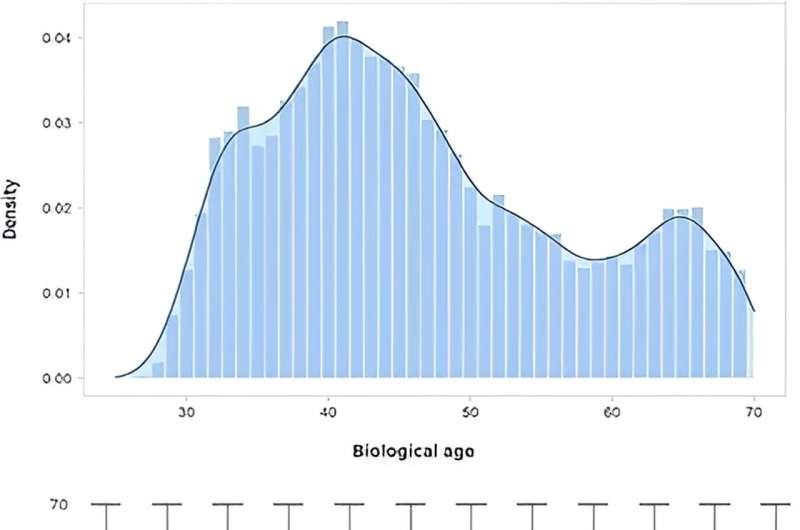This article has been reviewed according to Science X's editorial process and policies. Editors have highlighted the following attributes while ensuring the content's credibility:
fact-checked
proofread
Promotion age and promotion speed have a significant impact on current research productivity, research finds

Rank advancement earlier in academic careers and productivity later in academic careers are strongly linked in ways that have not been discussed—through the two time-related dimensions of promotion age and promotion speed. These parameters were used to construct individual lifetime biographical and publication profiles.
A classificatory approach and a new methodological approach of normalized productivity were used for the study now published in Studies in Higher Education.
Instead of traditional productivity, which is based on publication counts (full counting or fractional counting), journal-prestige-normalized productivity, reflecting differing scholarly efforts and impacts on the academic community, was used.
A large sample of Polish science, technology, engineering, mathematics, and medicine (STEMM) scientists (N = 16,083) was examined to study rank advancement and productivity.
All scientists were allocated to different productivity, promotion age, and promotion speed classes (top 20%, middle 60%, and bottom 20%).
The patterns were consistent across all disciplines; scientists in young promotion age classes (and fast promotion speed classes) in the past were currently the most productive.
In contrast, scientists in old promotion age classes (and slow promotion speed classes) in the past were currently the least productive.
In the three largest disciplines, the young-old promotion age productivity differential for associate professors was 100%–200% (150%–200% for full professors), and the fast-slow promotion speed productivity differential for associate professors was 80%–150% (100%–170% for full professors).
The results were partly supported by a regression analysis in which odds ratio estimates of belonging to top productivity classes were examined.
To study the sample, biographical and demographic data collected from the national register of all Polish scientists and publication metadata on all Polish articles indexed in Scopus (N = 935,167) were combined.
The power of structured Big Data in studies of academic careers was shown, and limitations were explored.
More information: Marek Kwiek et al, The young and the old, the fast and the slow: a large-scale study of productivity classes and rank advancement, Studies in Higher Education (2023). DOI: 10.1080/03075079.2023.2288172
Provided by Adam Mickiewicz University



















